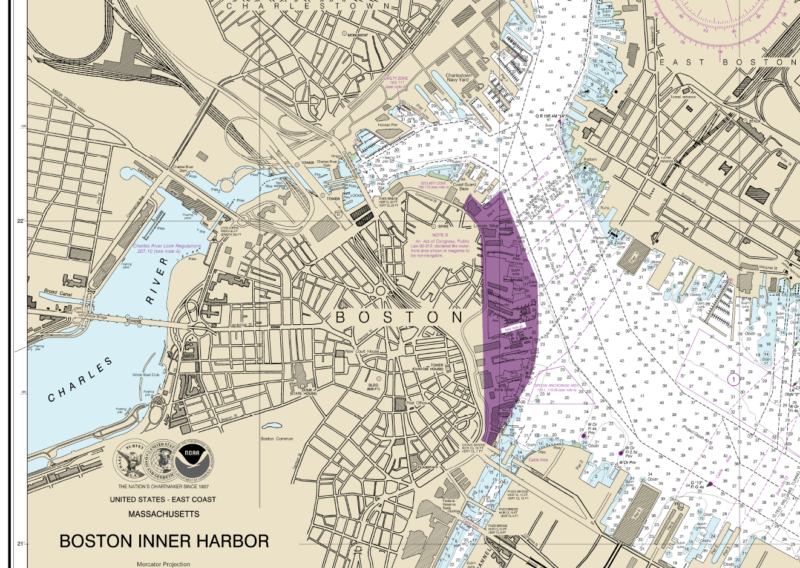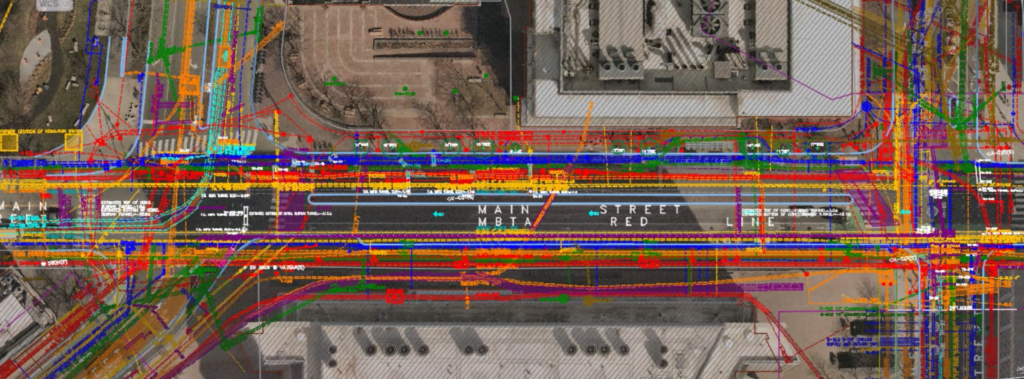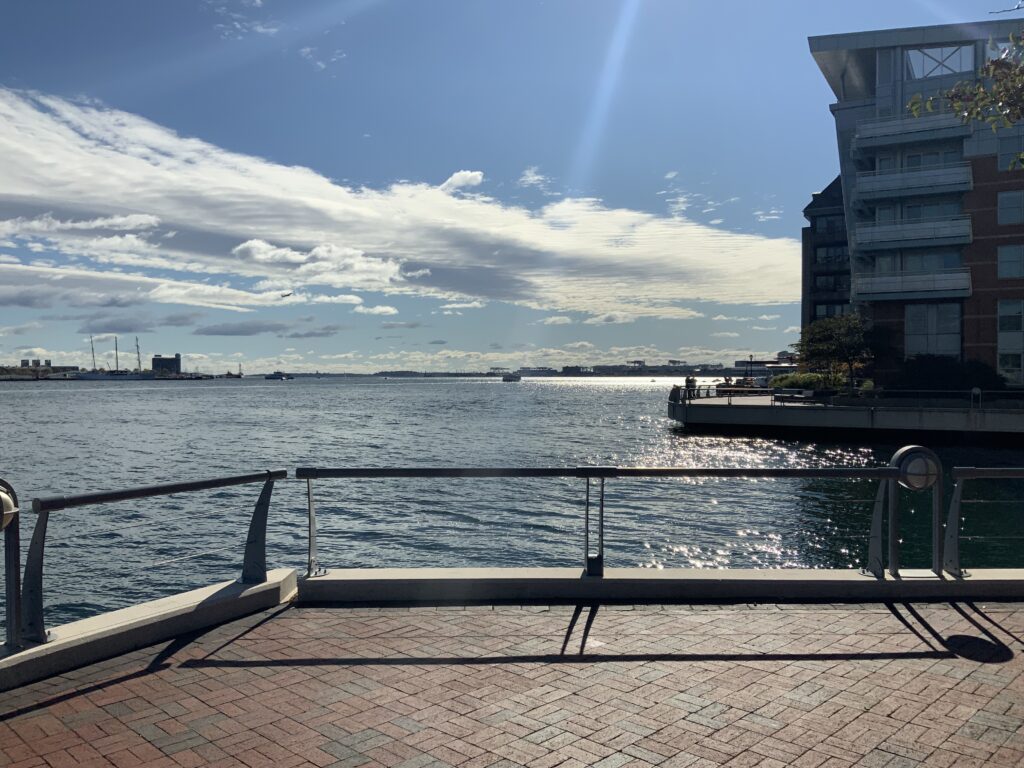Protect Your Assets: It’s Time to Invest in Climate-Resilient Infrastructure
Protect Your Assets: It’s Time to Invest in Climate-Resilient Infrastructure
From ice ages to unsustainable heat, Earth’s climate has varied greatly throughout history. Despite the naturally occurring changes in climate, humans have played a role in the warming period we’re currently experiencing —warming that is occurring at a rate not seen in the past 10,000 years. While there are widely differing public opinions regarding climate change, one fact is indisputable; our changing climate and frequent destructive storms expose our infrastructure to enormous threats.
Hurricane damage occurring on the eastern seaboard of the U.S. has cost taxpayers $140 billion in the past year alone. The money has gone into rebuilding roadways, airports, power plants, bridges, utilities, and more, damaged by surging waters and intense winds. Fixing damage caused by storms is a short-term solution to a long-term problem, our infrastructure’s lack of resiliency. We must implement climate resiliency into our development plans if we hope to keep our buildings erect and roadways functional.
13272.pdf – charts.noaa.gov. National Oceanic and Atmospheric Administration. (n.d.-b). https://www.charts.noaa.gov/PDFs/13272.pdf
What’s at Risk?
Many institutions and facility owners have invested in sustainability programs for clean energy, energy conservation, and more. Still, significant storms and unprecedented rain events threaten these facilities with flooding and property damage. In many instances, property damage and the subsequential repair efforts have cost property owners millions of dollars and taken years to fix. With the risk of property loss increasing as climate change continues, facility and asset owners should take action to protect their infrastructure. For example, property owners should retrofit their existing structures to protect vital facilities from the adverse effects of climate change.
Hurricane Sandy provided valuable insights into the vulnerability of our infrastructure. A significant hurricane combined with a storm surge and heavy rains flooded New York City and the surrounding coastal areas. Drain lines designed to discharge water became conduits for flooding as the surge of water pressurized the system. Low-lying residential and commercial properties flooded, and parts of the one-hundred-year-old subway were submerged. New York City was ground to a halt, and billions of dollars in damages were experienced by public and private property owners.
Protecting Your Assets and Infrastructure
The good news for property and asset owners is that surveyors have the tools and technology to protect existing structures, develop climate-resilient infrastructure, and provide 3-dimensional property maps. In order to protect buildings, including hospitals, universities, lab space, and more, owners should begin by hiring a land surveyor. A professional land surveyor will perform proper topographic mapping with accurate grades referenced to the appropriate elevation datum extending to the property’s surrounding buildings and public ways. They can then compile that information along with FEMA and/or NOAA data to paint a picture of the property’s flood vulnerabilities.
Land surveyors can apply the same tools to help developers create climate-resilient infrastructure. In the case of new homes and buildings, land surveyors can assist in choosing a suitable site location, suggest rainwater collection methods, and locate the underground utilities that should be mapped and protected. While some project managers may be hesitant to invest in climate-related data gathering prior to construction, there’s a good reason to do so: a study conducted by the National Institute of Building Sciences (NIBS) found that every $1 spent on climate mitigation activities saves $6 in response and recovery costs.
Mapping Vulnerabilities
To gain a complete view of the increasing threat of superstorms, property owners should invest in a 3D property map. Understanding the topography of a site is crucial as many of the gravity sewers and drain systems we rely on were built over one hundred years ago; they were never meant to service the population density we see in urban environments today. The rapid growth of cities over the past few decades has led to a world almost completely covered in hard surface areas, which only exasperate storms as there are limited runoff areas for water.
Many cities have begun rebuilding drainage systems to account for increased capacity and are requiring new buildings to construct underground drainage detention systems, however, this new urban planning requirement does not change older properties. While major reconstruction of landscape areas may be helpful, fresh air intakes, air vents, garages, and stairwells may become flooding corridors during significant storms. Understanding the built environment in 3D will enable planners, engineers, and facility managers to understand the high-risk areas and design mechanisms to combat events.
Climate Change in our Backyard
Boston faces its own set of climate change-induced struggles — the most prevalent being the rising sea level. As one of the oldest cities in the country, there is much to protect from flood waters. Fortunately, Boston’s municipal leaders have mandated a wide-ranging package of different methods for protecting the areas around Boston Harbor, including elevating structures and roadways, reinforcing areas along the waterfront, and even creating new open spaces along the water.
Dealing with our changing climate can be overwhelming for asset owners. With so much to protect, figuring out where to start and what to prioritize can be challenging. Let our team of Professional Land Surveyors lead you in the right direction.
Looking for help with building climate-resilient infrastructure? Let’s chat.



